- Home
- slideshows
- miscellaneous
- These 10 animals were saved by the Endangered Species Act - but the Trump administration wants to remove many of those protections
These 10 animals were saved by the Endangered Species Act - but the Trump administration wants to remove many of those protections
Green sea turtles

American alligators
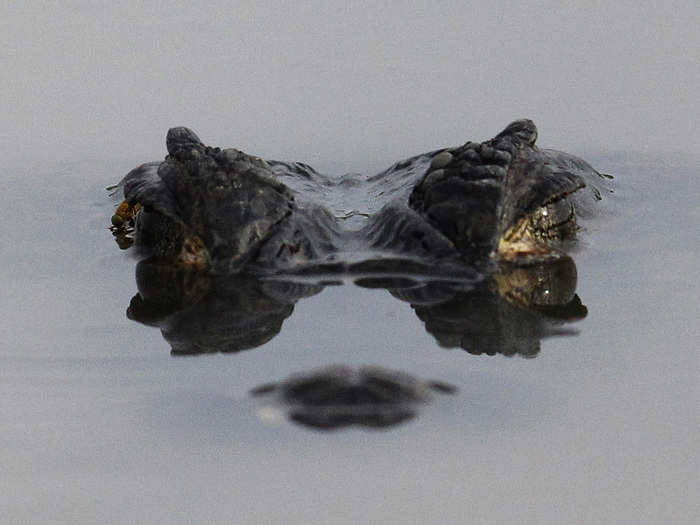
Alligators are considered a threatened species by the US Fish and Wildlife Service, though there are still nearly 5 million individuals in the US.
Before they were placed on the list, alligators were heavily hunted for use in consumer products, like wallets and watch bands. Now, alligator hunting is strictly controlled via quotas, and the US Fish and Wildlife Service regulates trade in alligator-skin products.
Peregrine falcons
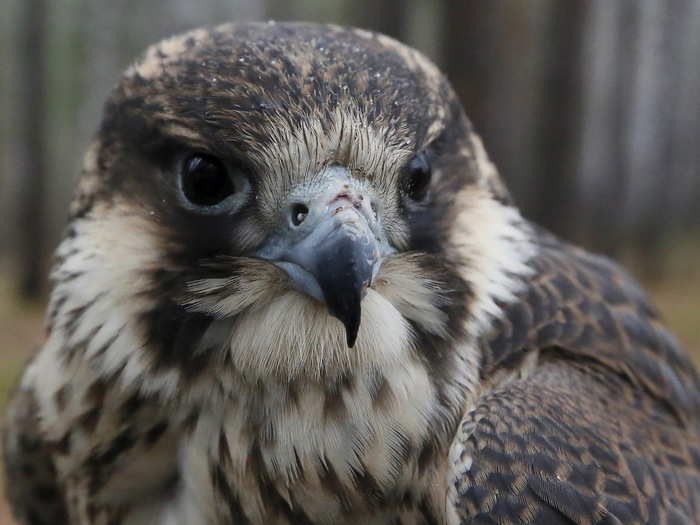
Peregrine falcons died in mass numbers in the 1960s and 1970s as the pesticide DDT — which was consumed by their prey — built up in their system and poisoned them, according to The Nature Conservancy.
In 1975, only 324 nesting pairs of peregrine falcons remained in the wild, according to the US Fish and Wildlife Service.
But thanks to the ESA, along with bans on DDT and other pesticides in the 1970s, that number has since rebounded to between 2,000 and 3,000 pairs, according to the US Fish and Wildlife Service.
American peregrine falcons' recovery was so strong, in fact, that they were removed from the endangered species list almost 20 years ago. The species is now being monitored by scientists to evaluate any new threats.
Bald eagles
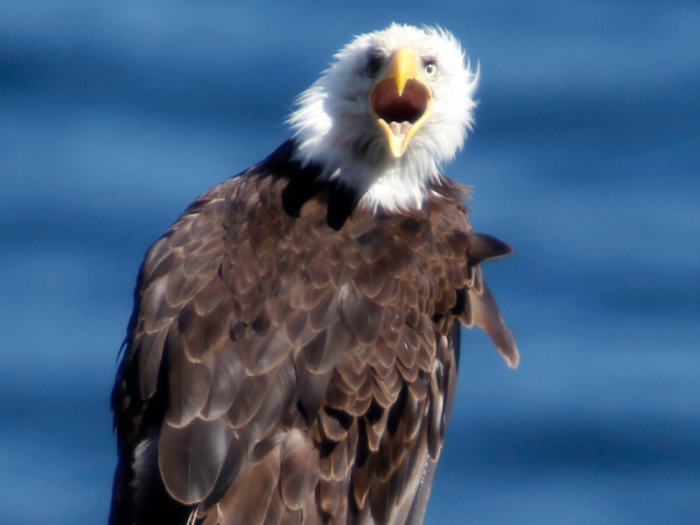
Like peregrine falcons, bald eagles were a victim of DDT and pesticide use in the mid-20th century.
By the 1960s, there were only around 500 nesting pairs in the lower 48 states, down from a high of an estimated 500,000 in the 17th century, according to Defenders of Wildlife.
Bald eagles, however, are another ESA success story: There are now a total of 70,000 across the US and Canada.
Manatees
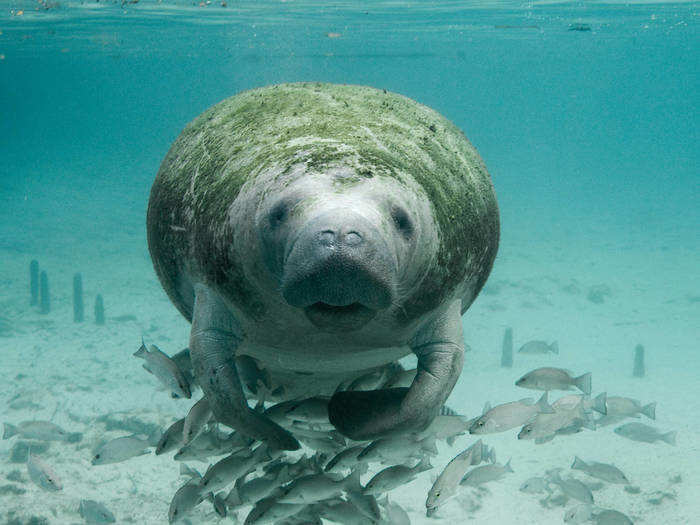
When manatees were first added to the endangered species list, there were just over a few hundred individuals remaining.
But in 2017 by the US Fish and Wildlife Service counted over 6,000 individuals — a huge increase.
Manatees were down-listed from endangered to threatened last year, thanks to that population rebound. While manatees are still afforded protection by the ESA — and the population is still rebounding — the US Fish and Wildlife Service cautioned that manatees were in danger of becoming extinct if their ESA protections were fully removed.
Grizzly bears
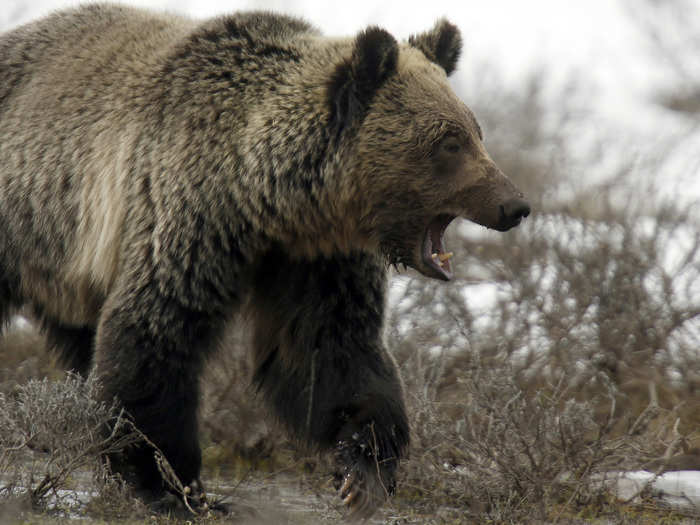
Grizzly bears were listed as a threatened species in 1975, when just between 800 and 1,000 were thought to remain in the lower 48 states, according to CNN.
While grizzlies are still considered a threatened species, their numbers have made an impressive rebound — that population is now around 1,800, and another approximately 30,000 reside in Alaska, according to The National Wildlife Federation.
The population of grizzlies in Yellowstone National Park has recovered to the point where it was removed from the list last year, though some environmental groups said the removal was hasty and not grounded in science.
Gray wolves
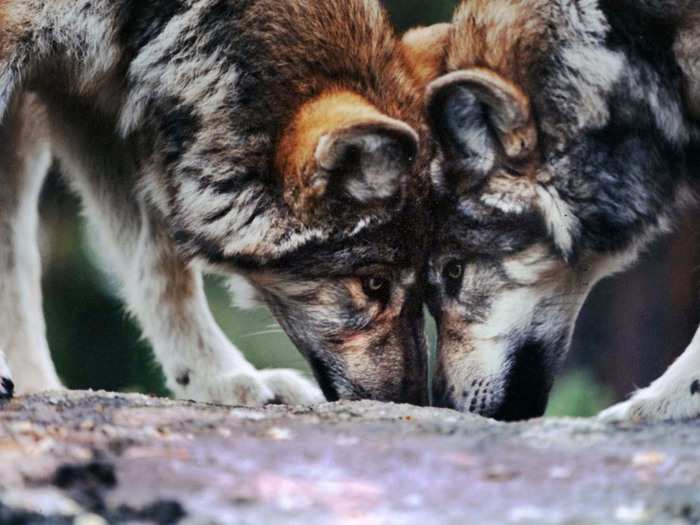
Gray wolves once were found across the US on both coasts. But as America's population grew, wolves came into contact with farmers, ranchers, and hunters, who killed the wolves for their fur and to protect livestock.
Since being listed as endangered, gray wolf populations have rebounded. Wolves now number around 3,765 in the Great Lakes region and around 1,700 in the Rocky Mountains, according to the US Fish and Wildlife Service. But there are still no wild populations on the East Coast. (The few wolves that remain live in refuges.)
In Alaska, the US Fish and Wildlife Service estimates there are between 7,700 and 11,000 wolves. Gray wolves aren't protected under the ESA in Alaska, since scientists found the population there wasn't threatened enough there to be listed.
Sage grouse
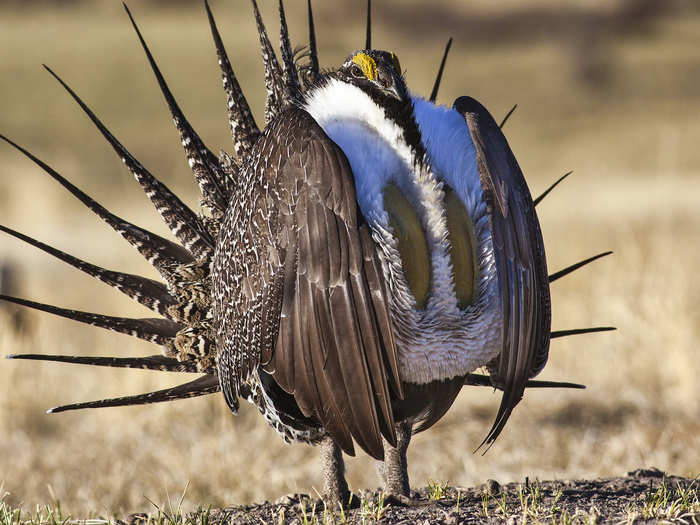
Sage grouse are a little bit larger than domestic chickens and inhabit the scrubby steppe across the American west. The bird was once a flashpoint in the fight to save disappearing species.
Though the sage grouse was never listed as endangered, the ESA's existence still wound up protecting the species. When scientists and environmentalists threatened to list the bird through the Act, that possibility brought Wyoming's energy industry to the negotiating table.
A compromise between environmentalists and the energy industry was reached in 2015: In exchange for an industry promise not to drill on valuable sage grouse habitat, environmental groups agreed not to add the species to the ESA's list, according to National Geographic.
But if Zinke's changes go through, the ESA may no longer offer the same negotiating power.
Southern sea otters
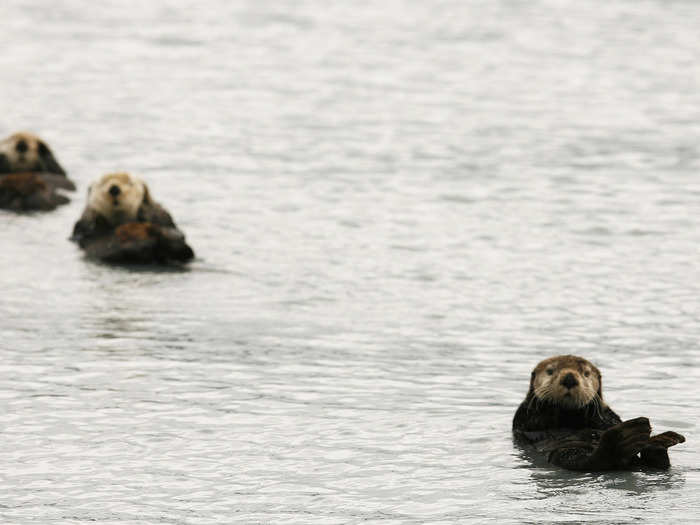
Southern sea otters reside off the coast of central and southern California. These cute critters are listed as a threatened species and only around 2,800 remain in the wild.
During the 17th century, sea otters became a staple of the global fur trade. By 1914, there were only around 50 remaining in the wild. After the species was listed on the ESA, sea otters made a remarkable recovery.
By 2010, the population of southern sea otters had increased 5,500%, according to The Endangered Species Coalition.
Humpback whales
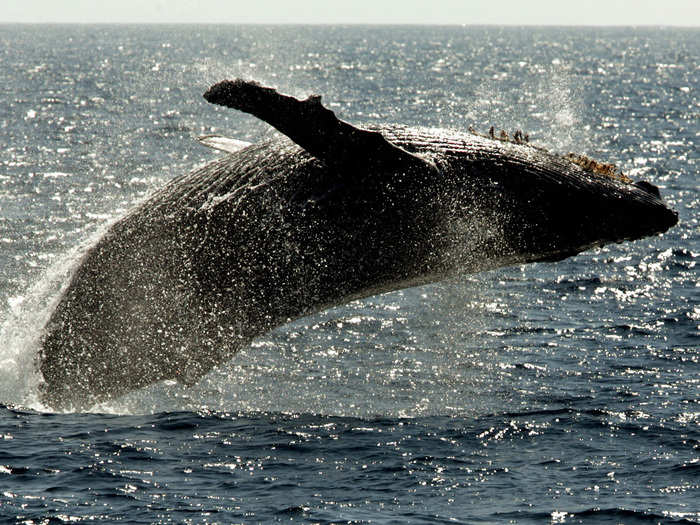
Humpback whales are a rare modern ecological success story. In the 1960s, before they were protected, the population in the north Pacific fell from a high of 125,000 individuals to just over 1,000, according to CNN.
But between 1987 and 2007, the humpback population increased 9%, thanks to protections in the Endangered Species Act.
Off US coasts, humpback whales currently number between 10,000-13,500 in the western north Atlantic region, and between 19,000-23,000 in the north Pacific region, according to the International Whaling Commission.
While the ESA has successfully protected humpbacks and a number of other important species, there are countless others still on the brink of extinction. A gutted ESA could put even these rare success stories at risk of being reversed forever.
Popular Right Now
Popular Keywords
Advertisement